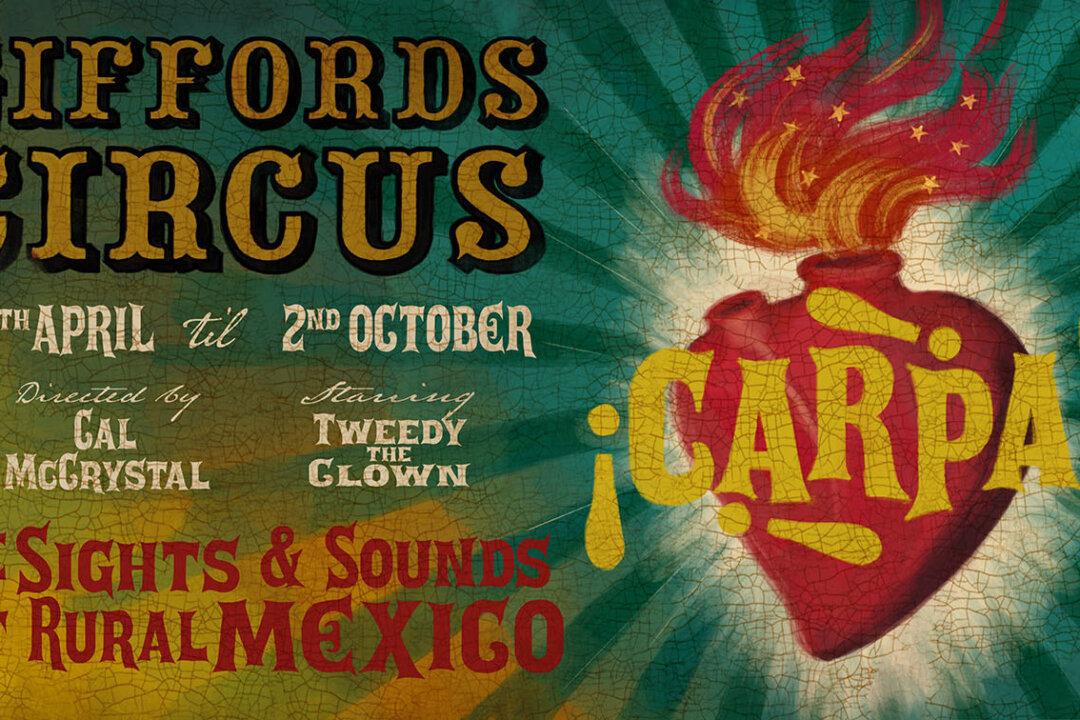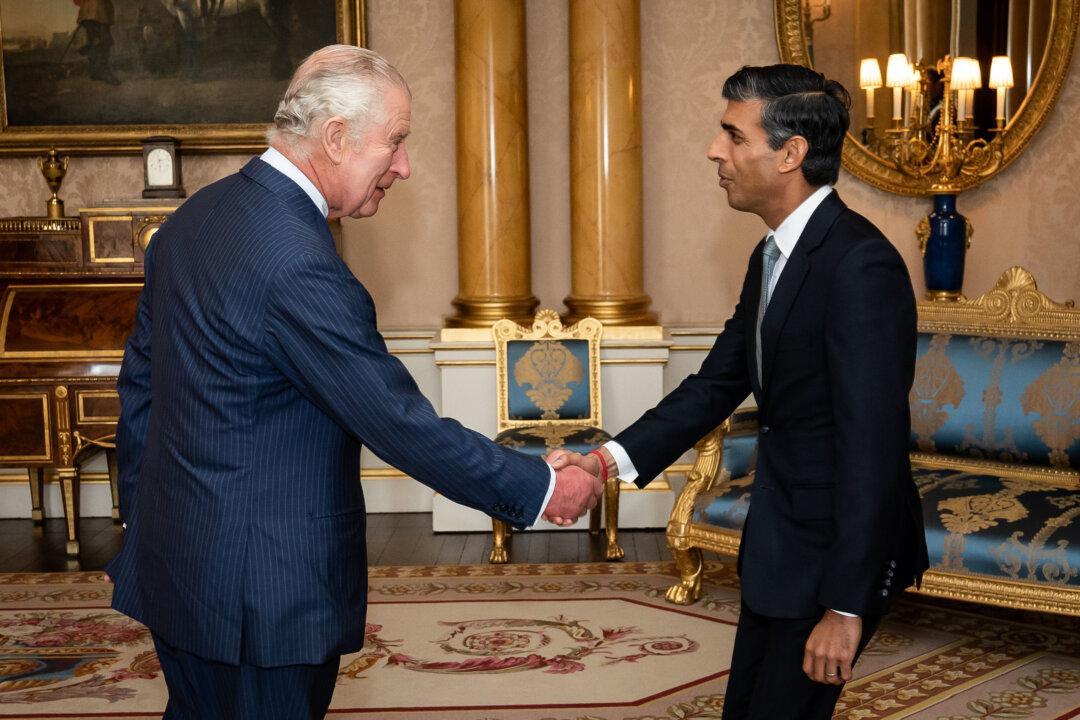If you are planning a visit to the South of England, may I recommend the amazing, the one and only, Giffords Circus?
I recently caught up with the show on the grounds of Sudeley Castle in Winchcombe, a historic town in the North Cotswolds, which boasts a Neolithic burial chamber called Belas Knap that was built even before the Pyramids.






